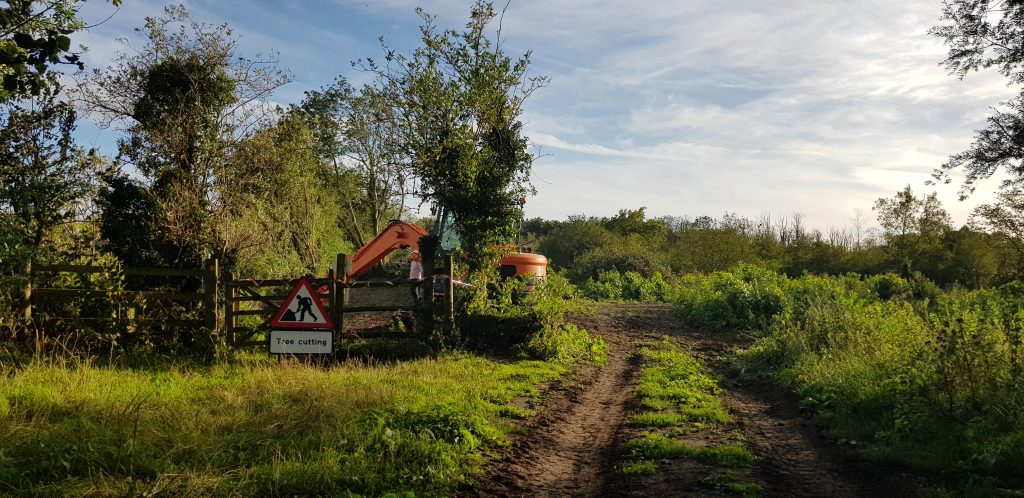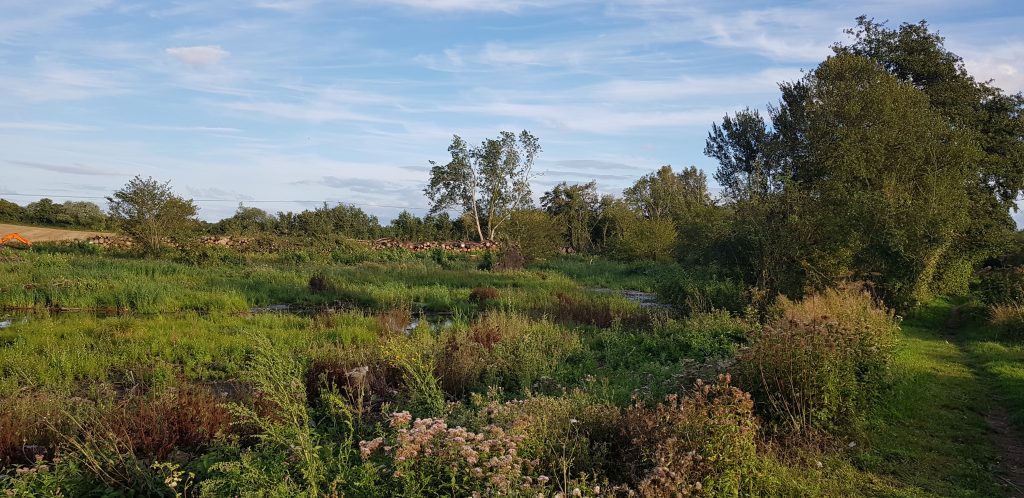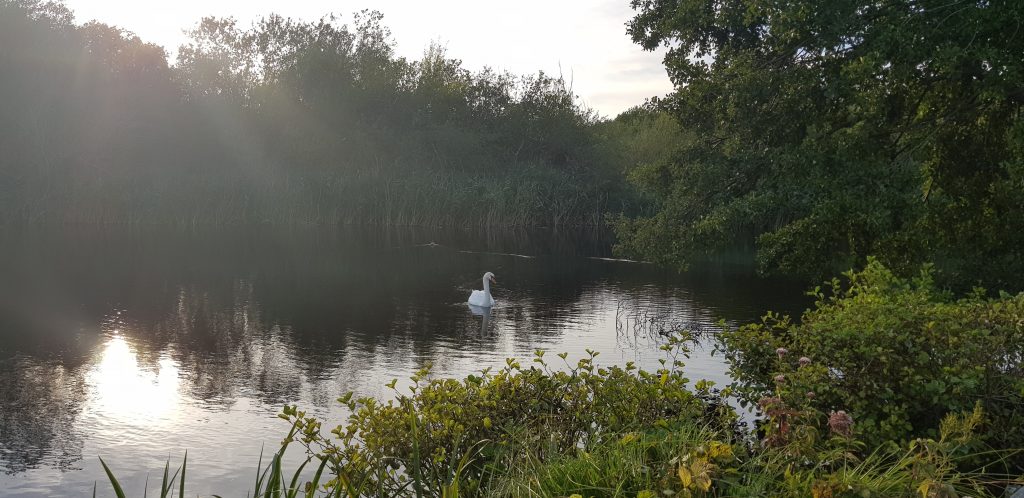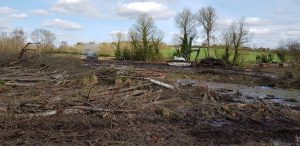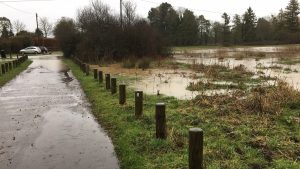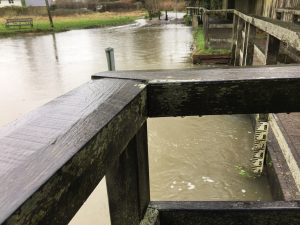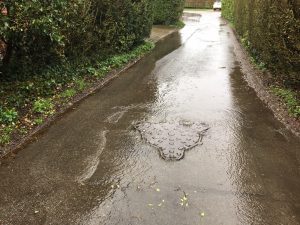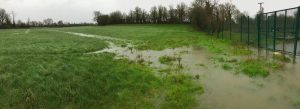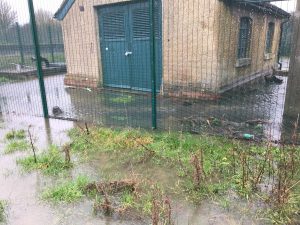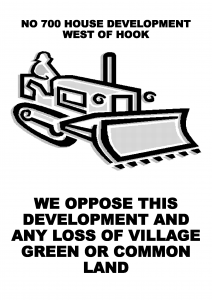Salmon & Trout Conservation issues report and conclusions from its three-year River Census project
“The Riverfly Census Report has been central to S&TC’s work for the past three years. It coincides with the United Nations’ recent statement on the catastrophic state of the global environment. The results should worry everyone. Our message is simple; unless there is radical change our rivers will soon become lifeless. With ever increasing public interest in environmental health there is a desire for real change. Government must use this opportunity to incentivise businesses to place the protection of our rivers, wild fish and all other water-dependent life at the centre of what they do.”
Paul Knight, Chief Executive, Salmon & Trout Conservation
Milestone Salmon & Trout Conservation study reveals that sediment, sewage and commercial salad washing, are causing dramatic declines of keystone aquatic invertebrate life throughout England’s lifeblood rivers
Salmon & Trout Conservation (S&TC) initiated The Riverfly Census to collect high-resolution, scientifically robust data about the state of our rivers and the pressures facing them.
To download the full report: click here
The Riverfly Census highlights worrying declines of aquatic insects in English rivers as a direct consequence of industrial, agricultural and domestic pollution. Aquatic insects are the equivalent of “the canary in the coal mine” when ascertaining the health of individual rivers. Declines of up to 58% in some species have been observed in the last thirty years, with no sign of the trend reversing.
Three-year high-resolution study, the Riverfly Census, employed standardised monitoring of aquatic invertebrate life in key English rivers to reveal dramatic changes in water quality and ecosystems
The Riverfly Census data provides an overview of how pollution affects a particular river. The aquatic insect community is shaped by the quality of the water at each sample point. Scientists then decode this bug-based information. Armed with these biological snapshots, we are able to zoom in on particular problems and if necessary, carry out further invertebrate or chemical sampling.
Lauren Mattingley, S&TC Scientific Officer, added:
“It is an often-overlooked fact that invertebrates essentially run our planet. They make up the majority of species on earth and sustain all life. Aquatic insects are invaluable in unlocking the true story of water quality in our rivers. Much of the pollution threatening our waters is subtle and invisible to the naked eye. By looking at what species were there, and which are missing, for the first time we have been able to truly quantify the invisible stressors deteriorating water quality throughout England.”
Urgent action from Government and the Environment Agency is required to protect keystone aquatic invertebrate life in English river ecosystems to prevent further declines.
S&TC attribute the root cause for the majority of aquatic insect declines to:
- increased levels of Phosphorus (emanating predominantly from sewerage systems)
- deposition of fine sediment (the result of poor management of agricultural soils) and
- an overwhelming array of chemicals entering rivers (including flushing of pesticides from imported salad leaves)
Nick Measham, S&TC Freshwater Campaigns Manager, commented:
“Much of the scientific work done by or on behalf of S&TC is complex, detailed and unspectacular. The results can take years to collect and interpret – but this is the heart of what we do, as, without the evidence, those who damage our waters cannot be challenged.”
Exacerbating the crisis facing the health of our rivers is a framework of weak environmental regulations. Too often these fail to address real world issues, such as the concurrent release of chemicals and their cumulative effects. When combined with a long-standing culture of apparent light touch enforcement, the existing regulatory framework is wholly failing to offer adequate protection.
Diminished regulatory resources and outdated monitoring approaches are also likely to be hiding the true extent of harmful emissions in river ecosystems. Only with robust long-term monitoring in the mode of the Riverfly Census can we truly understand the changes occurring in our freshwater habitats. The Riverfly Census has started to address the lack of widespread, high resolution benchmarking but considerably more work now needs to be undertaken.
Dr. Janina Gray, S&TC Head of Science & Environmental Policy:
“The evidence is clear; our rivers urgently need our help. Current regulation and management are not managing to halt the frightening decline of aquatic insects, let alone reverse it. Our freshwater fish and invertebrates are being choked by fine sediments which should be on fields, not in rivers, and are subjected to chemical cocktails we don’t understand or monitor. If we want our children to be able to watch wild trout rising, a mayfly hatch emerging or a kingfisher feeding, the time to act is now. This degradation is happening now, under our noses and on our watch. It is time for all of us to take action.”
Salmon & Trout Conservation is calling for action at the national level and is making a series of policy recommendations:
- Further investigations into the biological impact of phosphorus spikes. Without this work, the validation that discharge permits, based on an annual average of monthly samples, are providing for the protection of our rivers is highly questionable.
- Chalkstreams should have their own classification targets within the Water Framework Directive (WFD).
- Establish a standardised approach to monitoring fine sediment in our rivers and set appropriate river specific standards.
- Develop a national programme of species-level monitoring to provide the resolution required to detect pressures such as excess phosphates, sediment and damaging chemicals, and the benchmarking on which to make informed decisions.
- Include SPEAR analysis in River Basin Management Planning within WFD, to allow the biological impacts of chemicals to be assessed alongside other pressures, and requirements for additional supplementary chemical monitoring prioritised where necessary.
- Ensure the environmental protection offered by European legislation is transposed into and implemented through UK law, including the creation of Water Protection Zones where existing measures fail to protect water quality and river ecology.
- A review of discharge permit guidance to include measures to assess the cumulative and legacy impacts of multiple chemicals within the discharge.
- All chalkstreams to have bespoke invertebrate targets to drive forward improvements, whilst WFD classification targets are being developed.
Issued by Corin Smith comms@salmon-trout.org (07463 576892) on behalf of Salmon and Trout Conservation. For more information please contact janina@salmon-trout.organd nick@salmon-trout.org on 01425 652461

